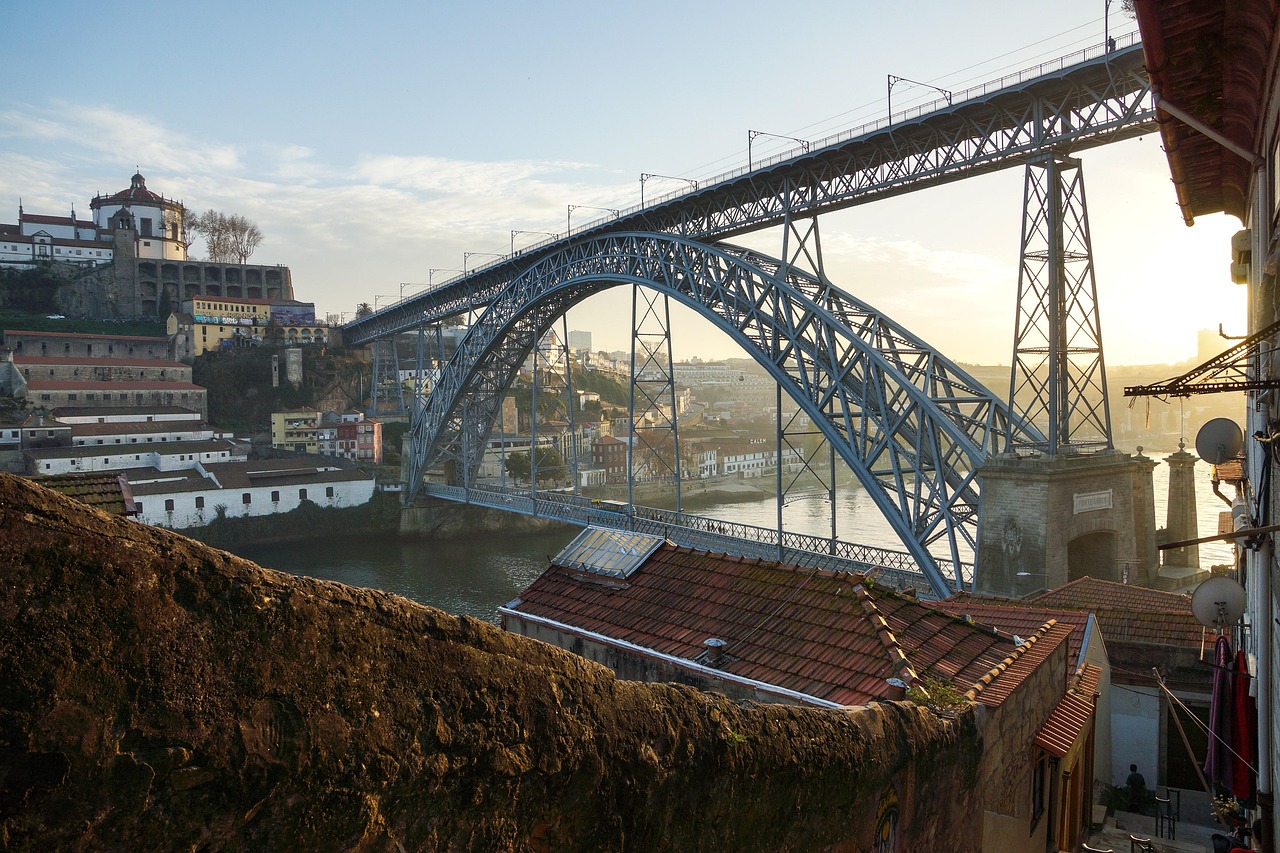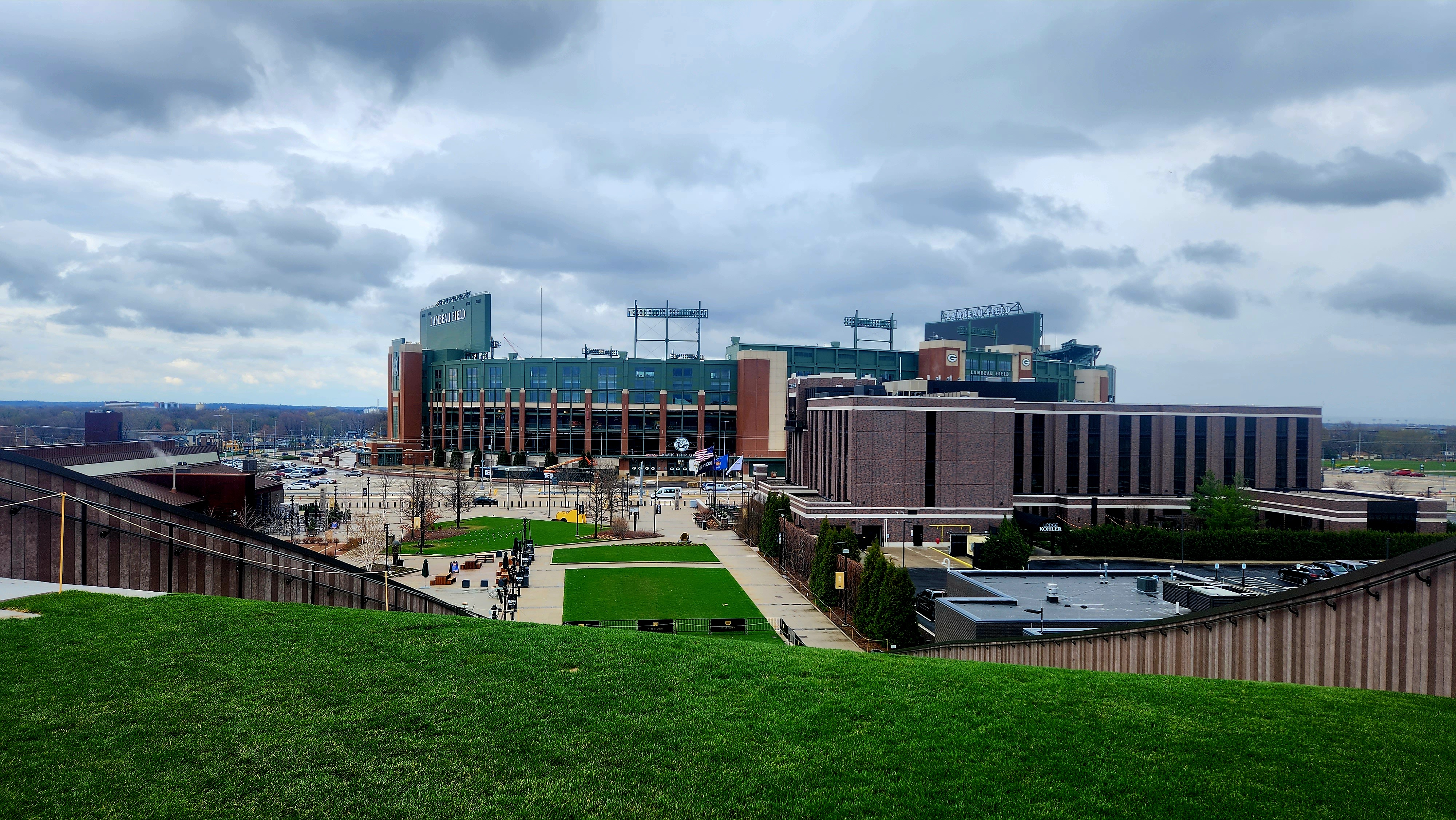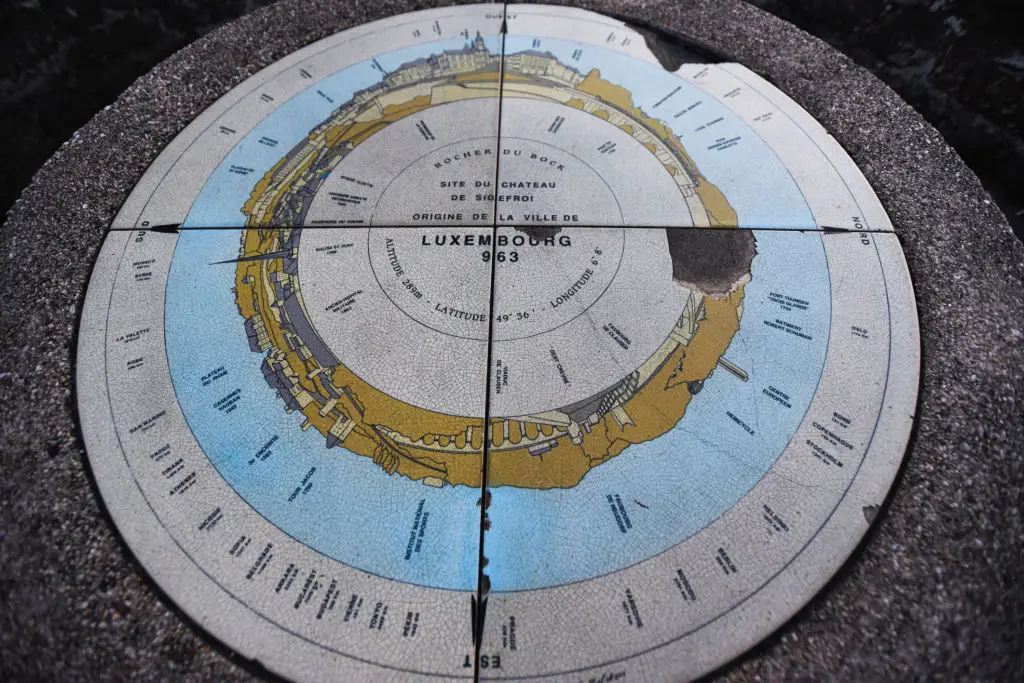12 Fortified Port Cities Where History Meets the Ocean Waves
Imagine cities sculpted by sea winds and human conflict, their stone ramparts standing as timeless guardians against crashing waves and invading fleets. These are the world's fortified port cities, where every cobblestone whispers tales of maritime empires, swashbuckling pirates, and ingenious defenses. More than just historical sites, they are living museums, their battlements and bastions offering breathtaking views and a visceral connection to a past where control of the seas meant survival and supremacy. Join us as we explore 12 such legendary coastal strongholds, each a unique testament to human resilience and architectural might, still echoing with the ocean's ancient song.
1. Dubrovnik, Croatia: The Adriatic's Ivory Citadel
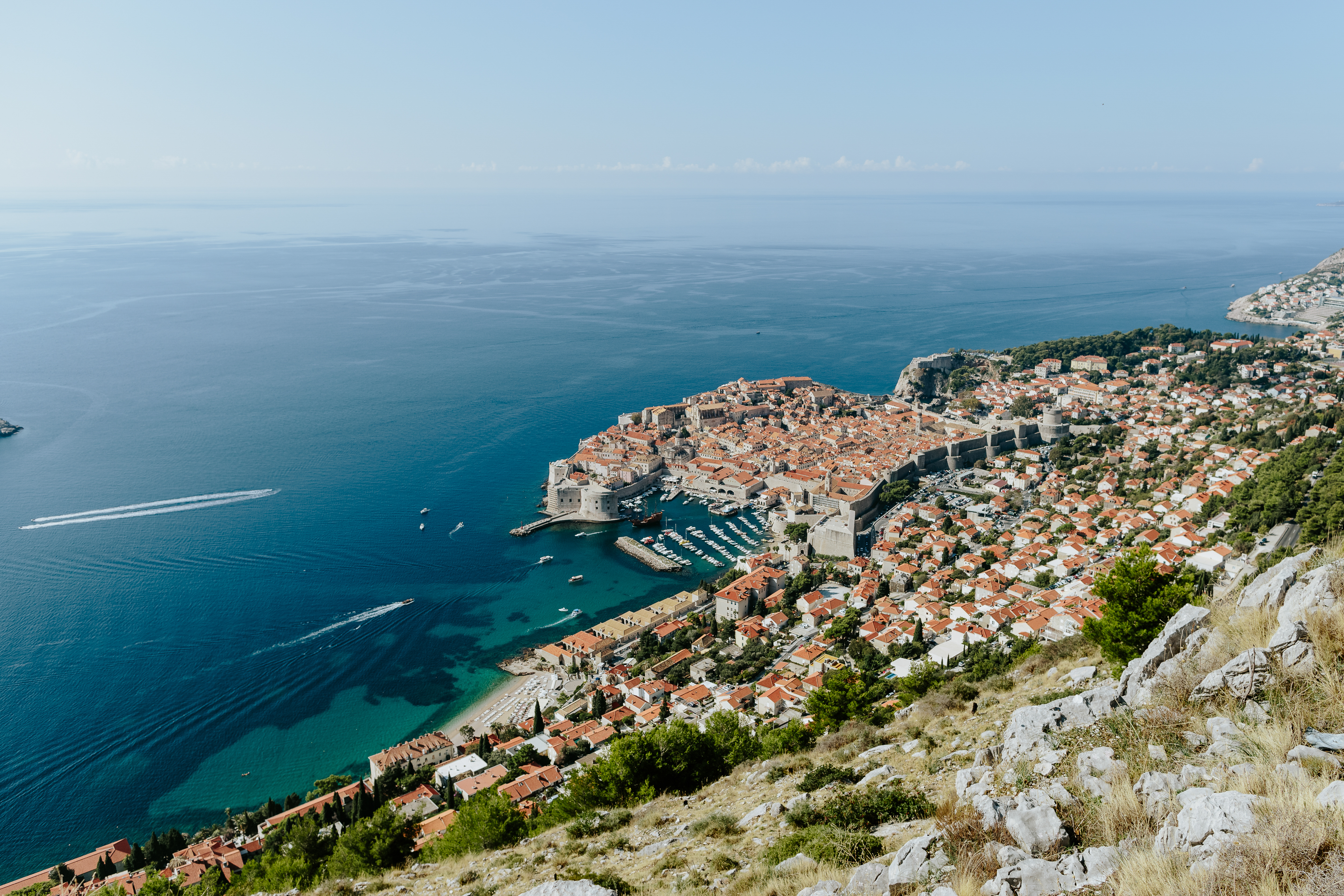
Known as the "Pearl of the Adriatic," Dubrovnik’s magnificent medieval walls have defiantly faced the sea since the 13th century. These limestone ramparts, up to six meters thick and 25 meters high, encircle a stunning old town, a labyrinth of terracotta roofs and marble streets. Ingeniously designed with forts like Lovrijenac (its "Gibraltar") and Revelin, the city-republic thrived on maritime trade, its defenses so formidable they preserved its liberty for centuries. Walking these walls offers an unforgettable journey through time, with the endless blue horizon as your constant companion.
2. Valletta, Malta: Bastion of the Knights
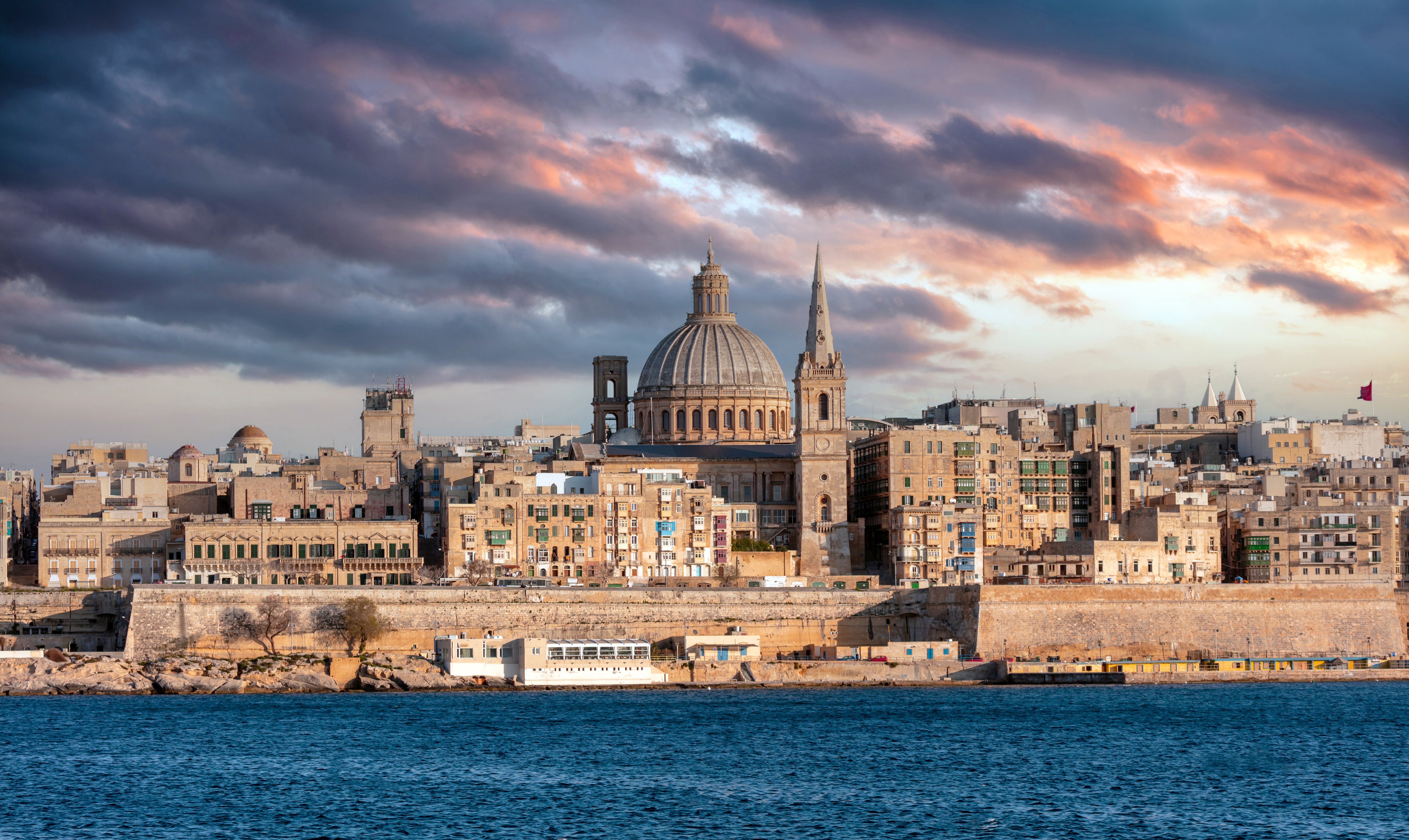
Forged by the Knights of St. John in the 16th century after the Great Siege, Valletta is a baroque masterpiece built on a peninsula fortified by colossal bastions and deep moats. Its grid layout was an innovative military design for its time, allowing for rapid troop movement. Fort St. Elmo, guarding the Grand Harbour, became legendary for its heroic resistance. Valletta was conceived as an unbreachable fortress city, its golden stone walls absorbing centuries of sun and sea spray, a testament to faith, warfare, and architectural grandeur.
3. Saint-Malo, France: Corsair City of Granite
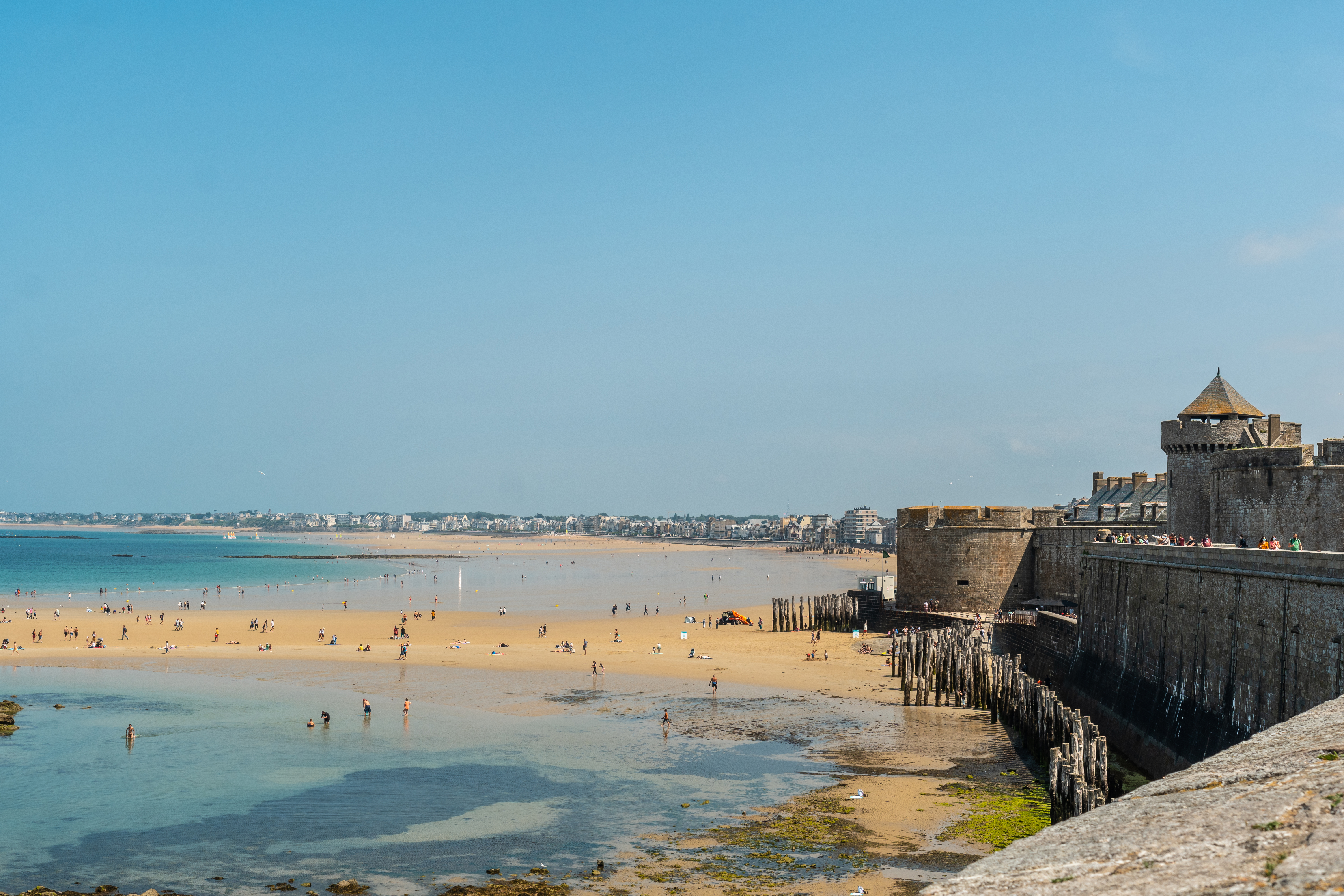
Rising from a granite island on the Brittany coast, Saint-Malo’s ramparts have braved ferocious Atlantic tides and English attacks for centuries. This was the lair of formidable French corsairs (privateers) who amassed fortunes raiding enemy ships. The ingenious "Sillon" causeway connects it to the mainland, while its formidable walls, rebuilt after WWII, still enclose a tight-knit city of historic charm. Walking the remparts at high tide, with waves crashing below, is to feel the raw, untamed spirit of this legendary seafaring stronghold.
4. Cartagena, Colombia: Guardian of Caribbean Gold
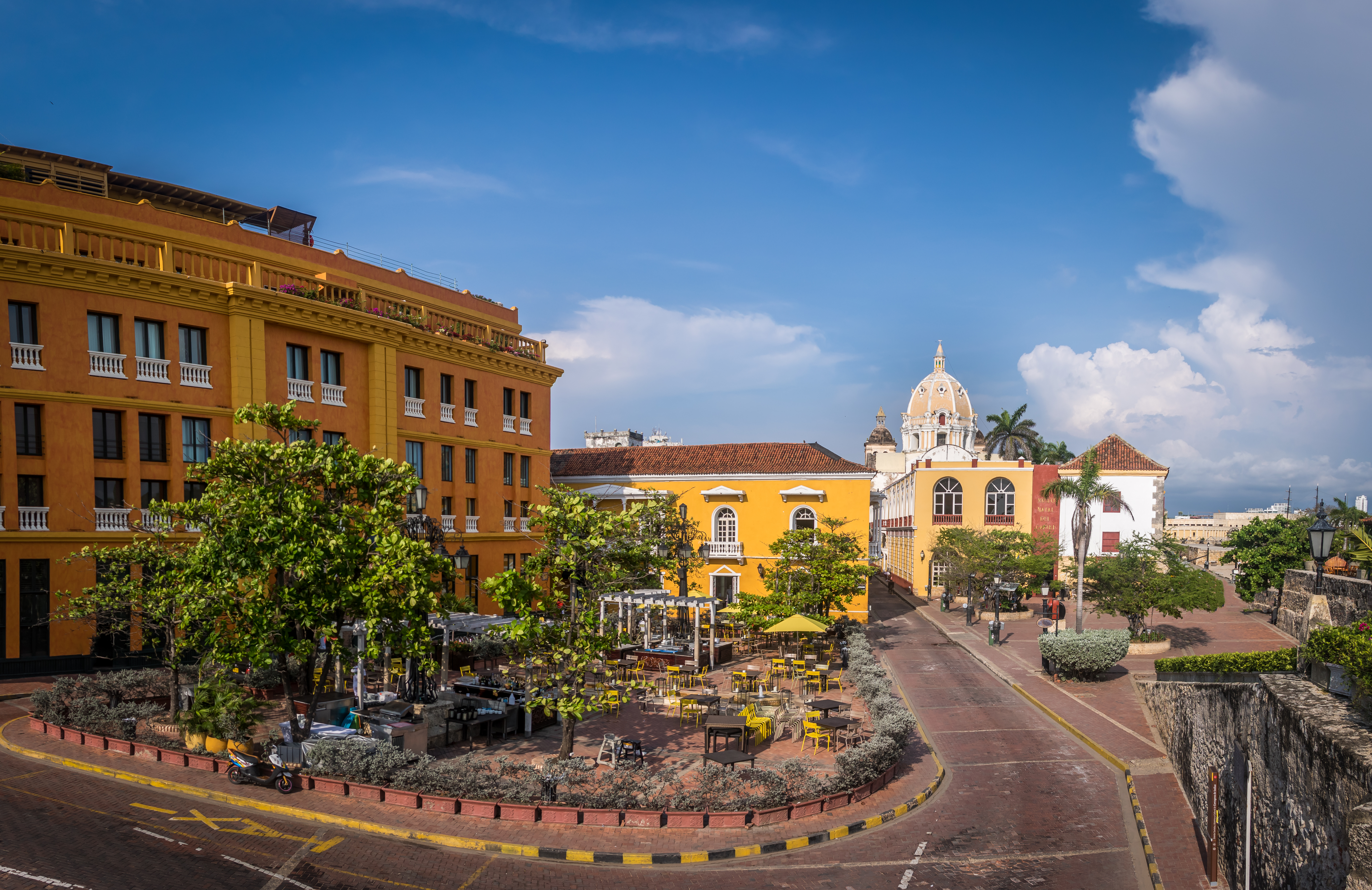
A crown jewel of the Spanish Main, Cartagena’s extensive fortifications were vital for protecting treasure fleets laden with New World gold from pirates and rival empires. Completed over two centuries, its defenses include the formidable Castillo San Felipe de Barajas, a masterpiece of military engineering with a complex system of interconnected tunnels. The city's colorful colonial streets are cocooned within nearly 11 kilometers of robust walls, a vibrant reminder of its strategic importance and tumultuous, swashbuckling past on the Caribbean coast.
5. Galle, Sri Lanka: Where Spice Routes Met Star Forts

Initially built by the Portuguese in the 16th century and extensively fortified by the Dutch in the 17th, Galle Fort is a stunning example of a European-style star fort in South Asia. Its ramparts, built from coral and granite, have withstood tsunamis and time, enclosing a charming city where colonial architecture blends with local traditions. Once a bustling port for the spice trade, walking its breezy walls offers views of the Indian Ocean, the historic lighthouse, and a palpable sense of history where East met West.
6. Rhodes, Greece: Citadel of the Hospitallers

The Old Town of Rhodes, a UNESCO World Heritage site, is one of the best-preserved medieval fortified cities in the world. For over 200 years, it was the headquarters of the Knights Hospitaller, who transformed it into an imposing fortress with massive walls, a deep moat, and the famed Street of the Knights leading to the Palace of the Grand Master. Its strategic position in the Aegean made it a crucial Christian stronghold against Ottoman expansion, its stones saturated with tales of epic sieges and chivalry.
7. Acre (Akko), Israel: Crusader Port of Subterranean Secrets
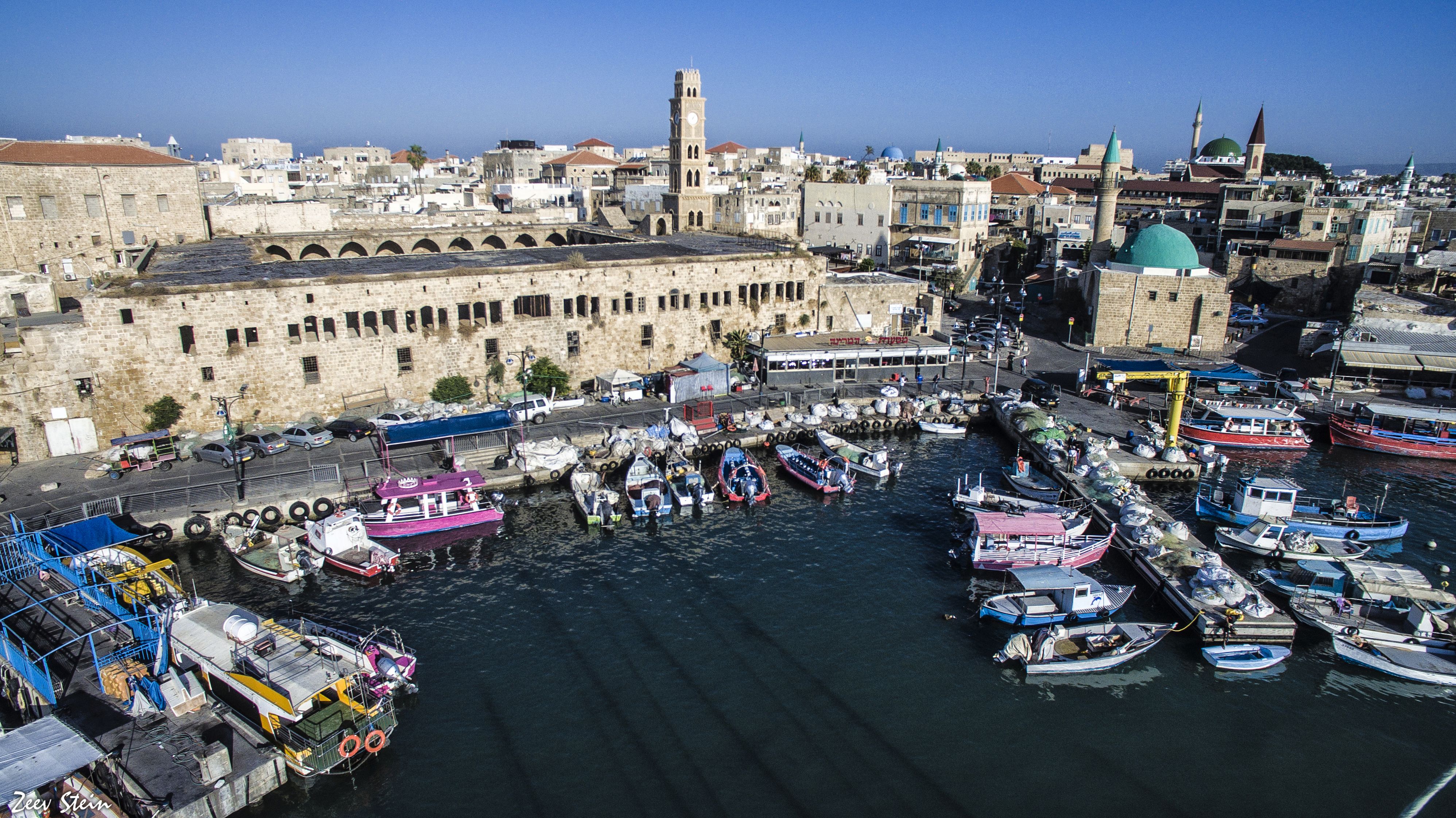
Acre's history stretches back millennia, but its most dramatic fortifications date to the Crusader period when it was the main port of the Latin Kingdom of Jerusalem. Beneath the bustling Ottoman-era old city lie remarkable Crusader halls, tunnels (like the ingenious Templars' Tunnel leading to the port), and fortifications. Protected by formidable sea walls and land ramparts, Acre was a coveted prize, its layers of history reflecting centuries of conquest and coexistence where diverse cultures met the Mediterranean waves.
8. San Juan, Puerto Rico: Caribbean Sentinel of an Empire
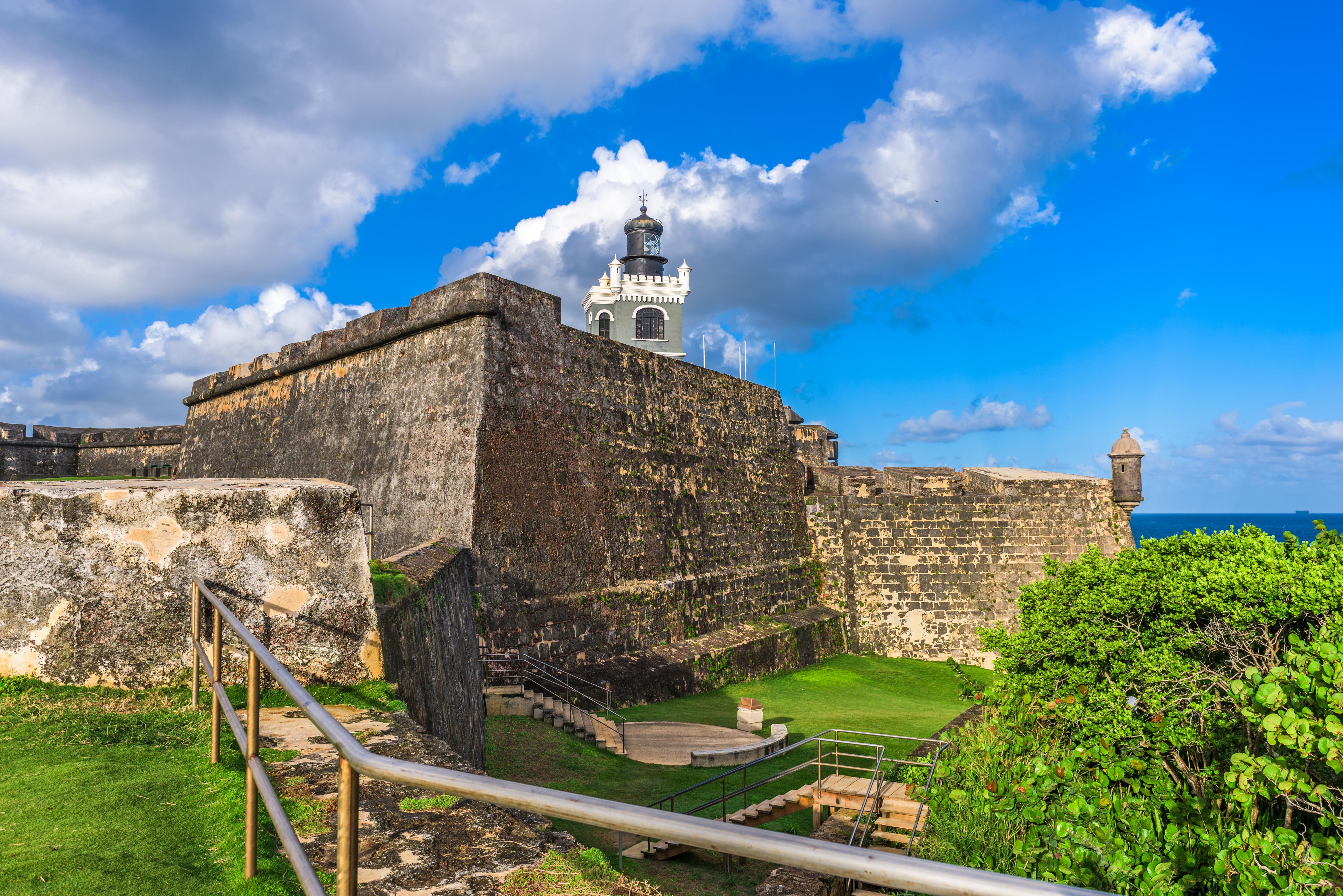
Guarding the gateway to the Spanish Caribbean, San Juan’s fortifications are a monumental display of colonial military architecture. The formidable Castillo San Felipe del Morro, with its six staggered levels, and the sprawling Castillo San Cristóbal were engineered over centuries to protect the strategic port from sea and land attacks by European rivals and pirates. Walking the ramparts of these UNESCO sites offers breathtaking ocean vistas and a deep dive into the island's pivotal role in the Spanish Empire’s New World defense network.
9. Essaouira, Morocco: Africa's Windy Citadel of Art
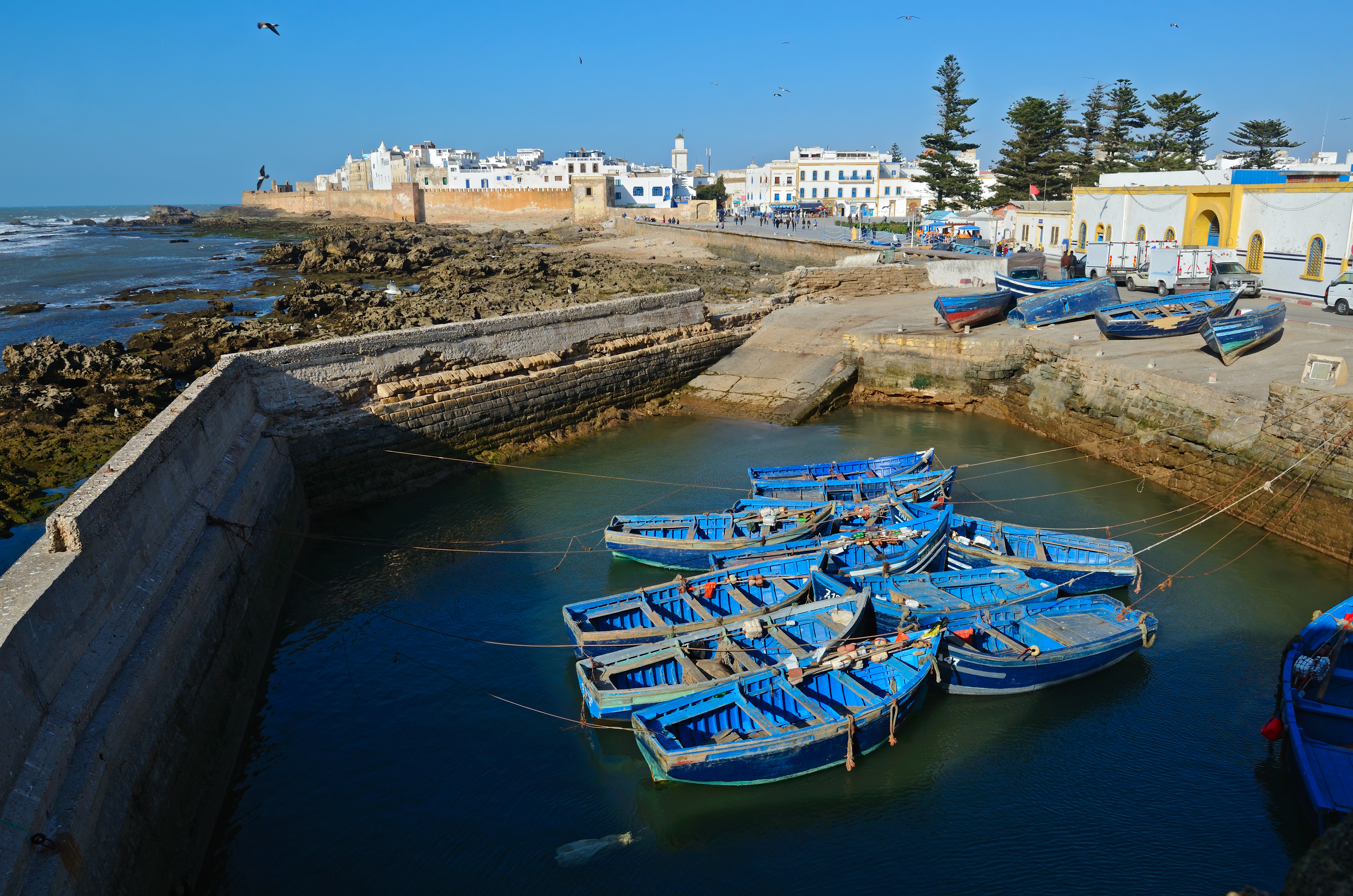
Once known as Mogador, Essaouira’s 18th-century ramparts, designed by a French military architect, give it a distinctly European feel against the vibrant Moroccan culture. Its Skala de la Kasbah and Skala du Port, armed with rows of bronze cannons, were built to defend against maritime threats. The "Windy City of Africa" with its whitewashed buildings and blue-shuttered windows, has long attracted artists and musicians, its fortified walls now framing a picturesque harbor bustling with fishing boats, its stones echoing with Atlantic gales and Gnawa rhythms.
10. Havana, Cuba: Key to the New World
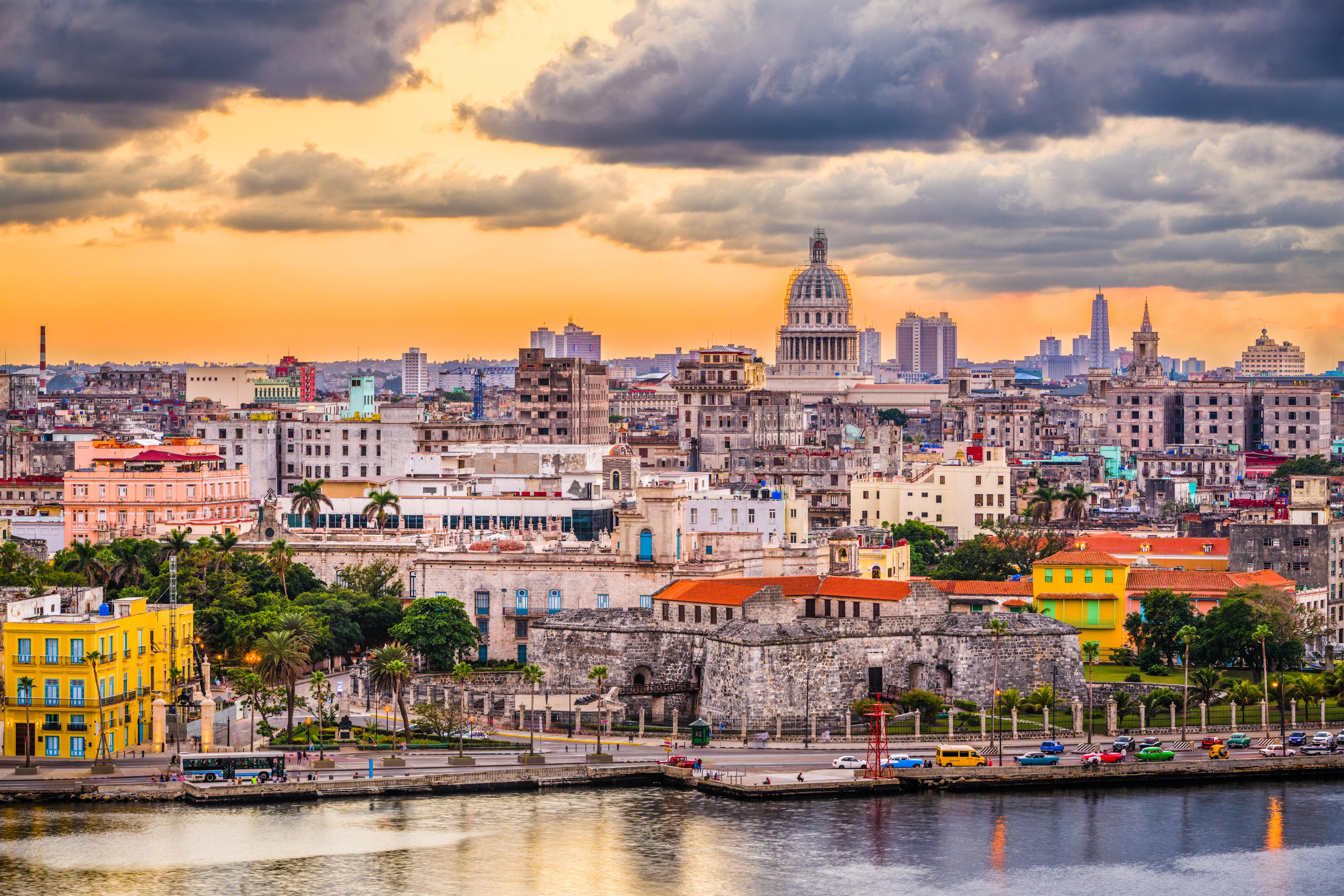
Havana’s strategic importance as the "Key to the New World" for the Spanish Empire led to the creation of one of the most comprehensively fortified port systems in the Americas. The iconic Castillo de los Tres Reyes del Morro and the massive Fortaleza de San Carlos de la Cabaña dominate the harbor entrance, designed to repel all comers. These fortresses, along with extensive city walls (much of which is now gone), protected the vital assembly point for treasure fleets, their weathered stones now overlooking a city vibrant with history.
11. Suomenlinna (Helsinki), Finland: Gibraltar of the North
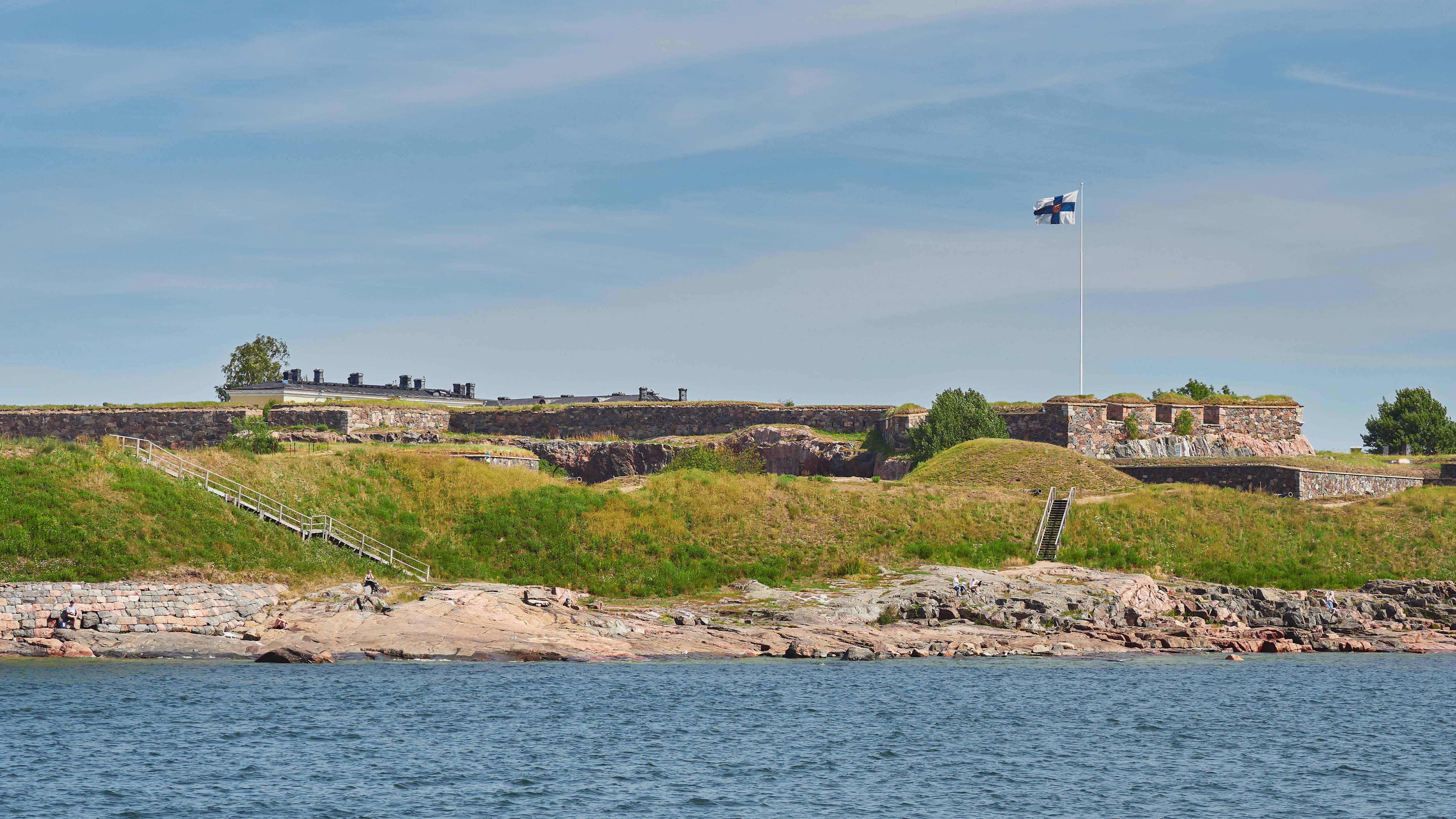
Built by Sweden in the mid-18th century on a cluster of islands guarding Helsinki's harbor, Suomenlinna (Sveaborg) is a unique maritime fortress, often dubbed the "Gibraltar of the North." Its ingenious design, adapting to the archipelago's terrain with irregular bastions and extensive tunnels, made it a formidable naval base. Now a UNESCO World Heritage site, it’s a living part of Helsinki, offering museums, parks, and a powerful sense of maritime history where Baltic winds sweep across its weathered ramparts and cannons.
12. Campeche, Mexico: Pirate-Proofed Jewel of the Yucatan

Tired of relentless pirate attacks in the 17th century, the citizens of Campeche on the Yucatan Peninsula took matters into their own hands, financing and building an impressive hexagonal defensive wall around their city. With its eight formidable baluartes (bastions), sections of which still stand magnificently, this UNESCO World Heritage site became the best-fortified port in the Spanish Americas against buccaneers. Today, you can walk these historic walls and explore the bastions, feeling the resilience of a city that dared to defy the terrors of the high seas.
Echoes on the Tide
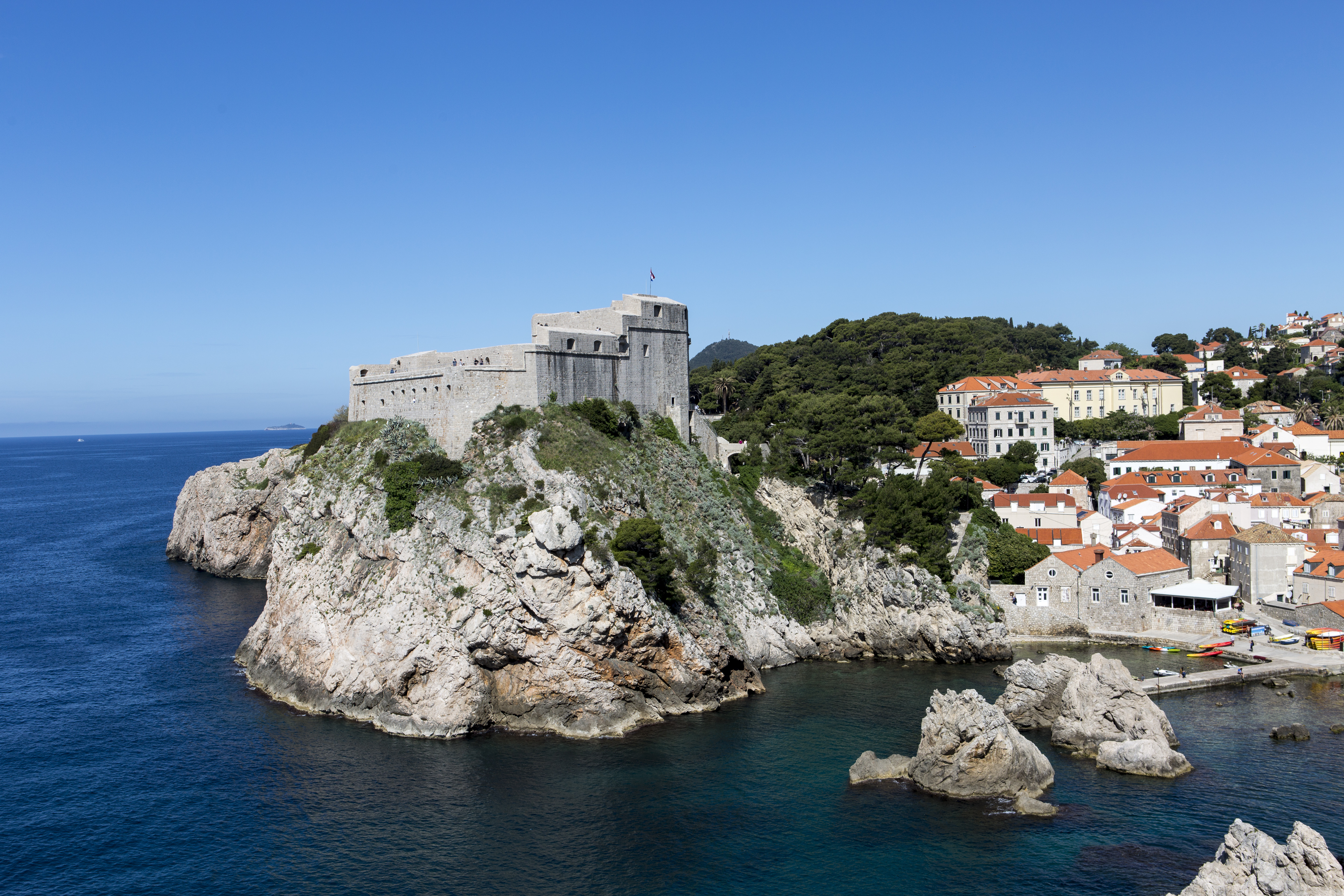
These 12 fortified port cities, each a marvel of engineering and a repository of dramatic human history, continue to captivate us. Their weathered stones and commanding ocean views do more than recount tales of battles and sieges; they speak of cultural exchange, innovation, and the enduring human spirit's quest for security and prosperity by the sea. Whether you explore them in person or through the annals of history, these coastal sentinels offer a timeless connection to a world where the ocean waves shaped destinies and empires were guarded by ingenuity and stone.


